Common Snakes In South Africa.
There are currently approximately 170 species and sub-species of snakes found in South Africa. Although the chances of you encountering a snake in the wild are relatively uncommon. Including people such as avid hikers, hunters , fisherman and cyclists. In most cases you may catch a glimpse of a snake before it quickly disappears from sight. If you’re concerned about snake bite here are some numbers to put your mind at ease:
- Of the 170 species of snakes in Southern Africa only 20 are capably of inflicting a deadly bite.
- Typically only between 10-12 deaths per year in South Africa from snakebite.
- If you’re not within 3 m of a snake it cannot bite you and you’re in the safe zone.
- More than half of the snakes in South Africa are totally harmless.
- Deaths from snake bites are rare, even in remote locations often there is sufficient time to get medical attention.
The below shows 12 of the most common venomous and harmless snakes in South Africa. These are the snakes that are frequently seen and encountered on a regular basis. There are of course many more and this list could quite easily included an additional 20 species but these species are perhaps the most well-known, asked about and seen shared over various social media platforms from my personal observations over the last 10 years of running these pages and groups.
For more be sure to read Common Harmless Snakes Of South Africa.
Common Venomous Snakes Of South Africa.
Black Mamba – Dendroaspis polylepis
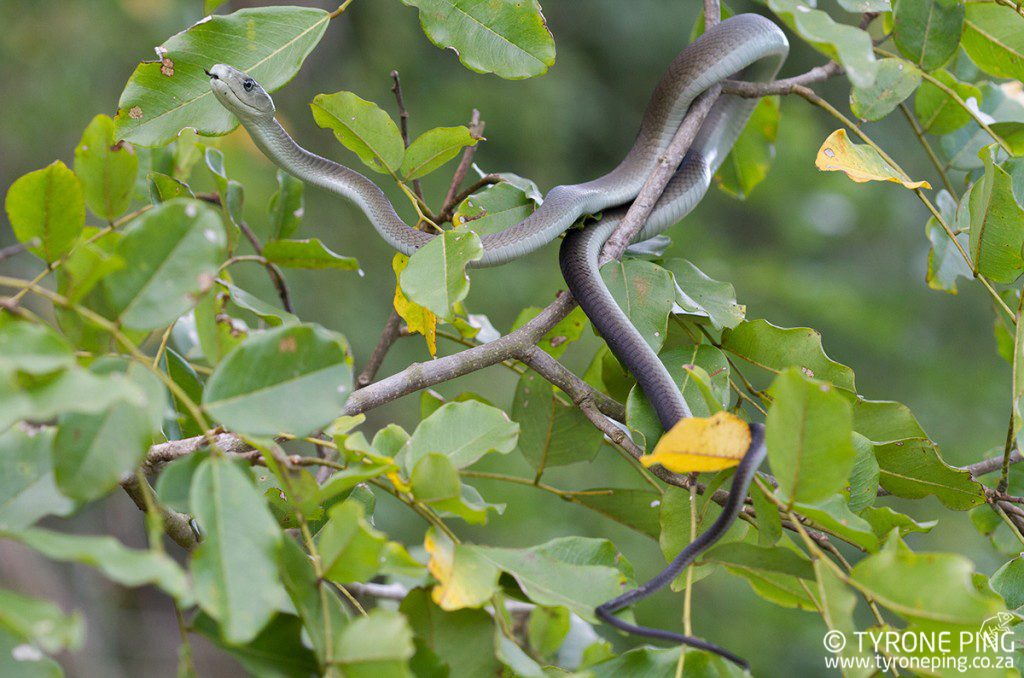
Black mamba – VERY DANGEROUS
Undoubtedly the most iconic and feared snake in Africa, mostly without reason. Although they have a potent neurotoxic venom that without treatment will be fatal.Polyvalent antivenom is used in the effective treatment of bites. Although not often encountered as these snakes are largely absent from the Western and Eastern Cape. Largely seen in-game parks such as the Kruger National Park. Although in some parts of Kwa Zulu Natal they may enter gardens in outer laying areas causing great panic – which is not helped by the over zealous “snake catchers” sensationalism.The Black Mamba is the largest venomous snake in Africa, and can reach a maximum of 4.5m. Specimens of this size are exceptionally rare and none have been seen or measured in close to 50 years. Typically these snakes are on average 2.5m – 3m.
Cape Cobra – Naja Nivea
Cape Cobra – VERY DANGEROUS
Africa’s most potent species of Cobra having a mainly neurotoxic venom with neurotoxic properties these snakes do not spit/spray their venom.Polyvalent antivenom is used in the effective treatment of bites. The Cape Cobra is extremely common in the Western Parts of South Africa. Favouring drier arid environments as well as Fynbos. Common throughout the Western Cape, Northern Cape most of the Eastern Cape, Free State and North West. These snakes are highly variable in colour and can be bright yellow, yellow with black speckles, sandy brown, dark brown almost blackish and pale yellow almost grey in colour in some parts. Juveniles have a prominent black throat band wich fades with age. Unlike most cobra species they are also well-known to have a black tail tip which is a key indicator between the Cape Cobra and Snouted Cobra.
Common Boomslang – Dispholidus typus
Common Boomslang – VERY DANGEROUS
These snakes are strictly tree-dwelling animals and seldom venture down to the ground, with the exception being to feed or drink. They are one of the few snakes in Southern Africa that are sexually dimorphic, meaning that the males and females feature different colouring. Often the males are bright green, and the females dull brown/grey or olive. Juvenile snakes are brown/grey with speckles, and have a brilliant emerald-green eye. Averaging around 1.5m in length, Boomslangs can often reach close to 2m. These snakes rarely bite people, and are docile in nature. They possess a potent haemotoxic venom, for which there is an antivenom available. It solely deals with bites from these snakes, and is called a monovalent antivenom.
The Boomslang actually comprises of two species:
Common Boomslang (Dispholidus typus viridis)
Cape Boomslang (Dispholidus typus viridis)
Puff Adder – Bitis arietans
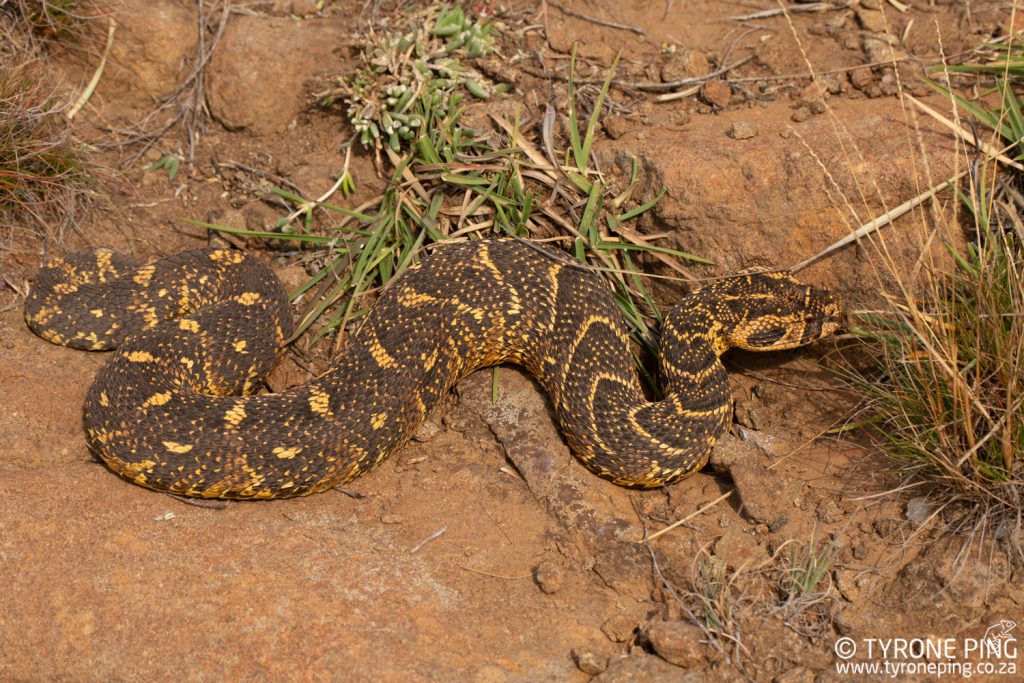
Puff Adder – VERY DANGEROUS
Probably South Africa’s most widely-spread, common venomous snake. The Puff Adder is occours in a large range of habitat, from costal bush, grass land, vybos and montane habitat. The Mozambique Spitting Cobra (Naja mossambica) , Cape Cobra (Naja nivea) the Puff Adder account for the majority of serious snake bites South Africa.. The Puff Adder is a snake with excellent camouflage, and it prefers to sit and wait for opportunity when it comes to feeding. These snakes may remain in an ambush position for several weeks, waiting for a potential meal to pass by. They have a powerful cytotoxic venom which can lead to extreme pain, severe swelling, and blistering of the skin. Polyvalent antivenom is used in the effective treatment of bites.
Mozambique Spitting Cobra – Naja mossambica
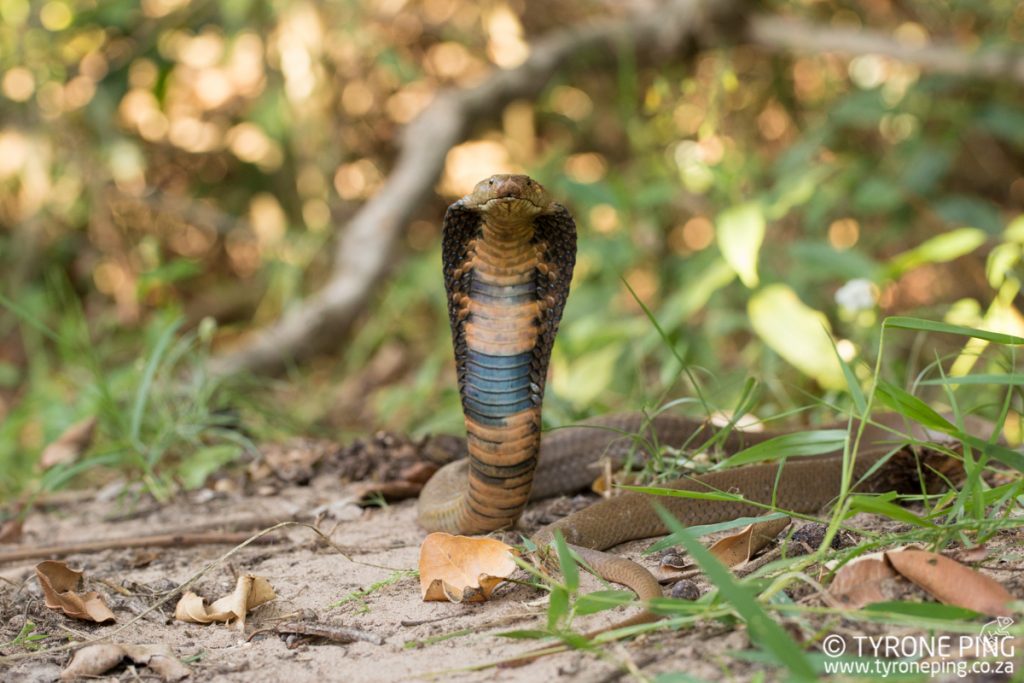
Mozambique Spitting Cobra – VERY DANGEROUS
This is one of the most common, highly-venomous snakes found in and around Durban. The Mozambique Spitting Cobra is responsible for the majority of the serious snake bites that occur in Kwa-Zulu Natal, particularly in the Eastern half of South Africa.. Averaging only 1.2m in length, commonly found often in residential gardens particularly, those bordering nature reserves. Their activity peaks just as the first rains of summer arrive, coinciding with the increase in amphibian activity. Polyvalent antivenom is used in the effective treatment of bites. As their name suggests, this snake can spit/spray its venom with incredible accuracy, reaching targets up to 3m away.
Snouted Cobra – Naja annulifera
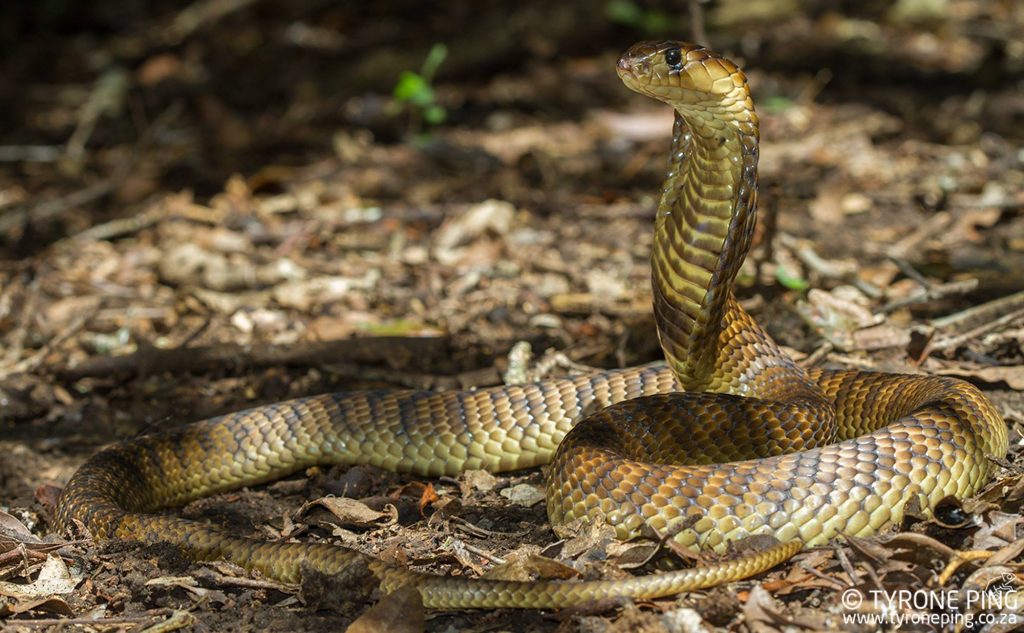
Snouted Cobra – VERY DANGEROUS
A common cobra in the Eastern half of South Africa, found in Kwa-Zulu Natal, Mpumalanga, Limopo, Gauteng and the North West. They poses both a neurotoxic and cytotoxic venom, although bites are rare they are treated as a medical emergency. Polyvalent antivenom is used in the effective treatment of bites. This snake is known from two distinct vartions, a sandy brown, pale yellow, dark brown as well as a striking black and yellow banded variety. Favouring bushveld, grassland and savanah habitats the Snouted Cobra can get large and individuals are well known to reach 2.5 m. Commonly seen in game parks crossing roads and often encountered on farms.
Common Harmless Snakes Of South Africa.
Brown House Snake – Boaedon capensis
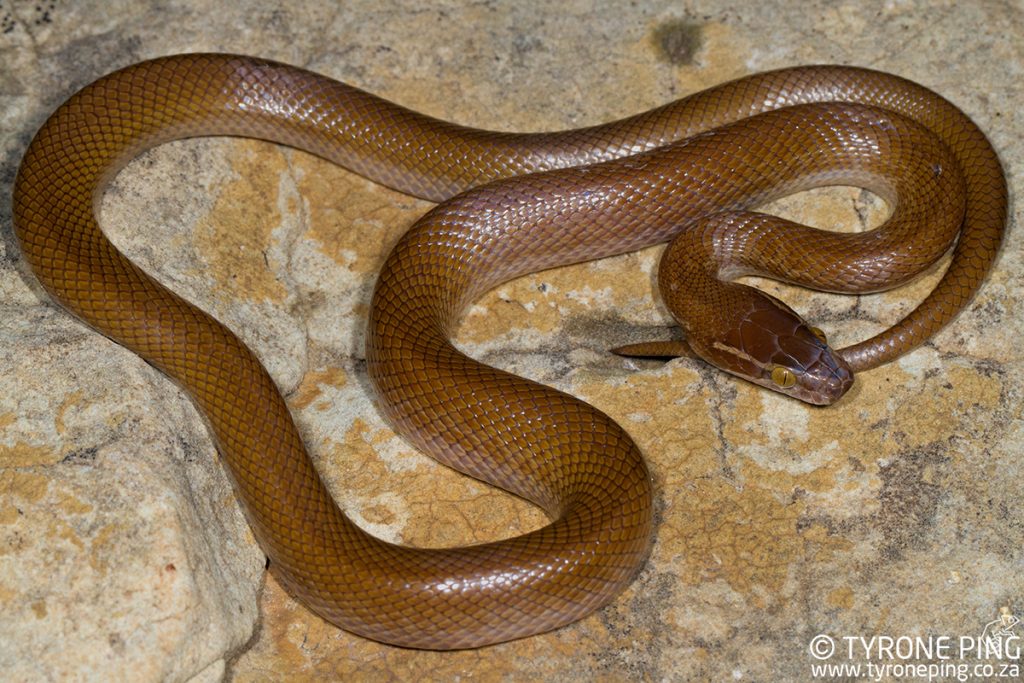
Brown House Snake – HARMLESS
Arguably one of the most common and widespread snakes in South Africa. Easily distinguishable by the two white lines running down the side of the head. These snakes can be found in almost every environment from suburban gardens, forests, grasslands and including the drier arid regions of the Karoo. Excellent at pest extermination, these snakes feeding mainly on rats, mice, lizards, birds and even bats have been recorded as prey. When first caught they may bite and strike out readily which may draw blood but only superficial bite marks. A commonly kept pet snake by many amateur snake enthusiasts.
Common Slug Eater – Duberria lutrix
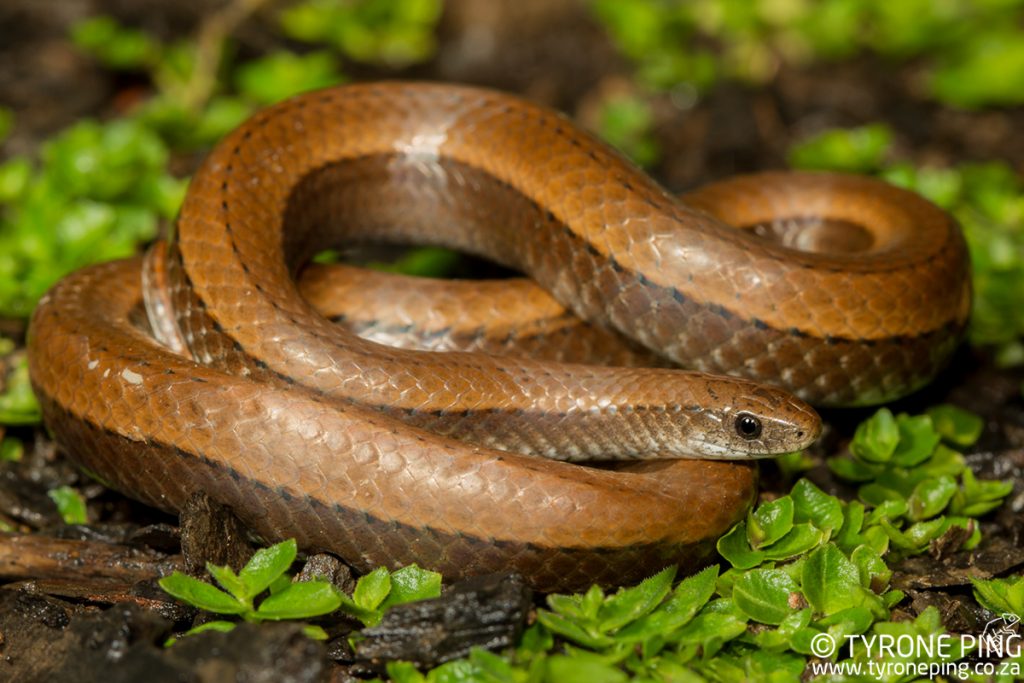
Common Slug Eater – HARMLESS
Another widespread species which favour damp localities and suburban gardens where it hunts slugs and snails. A real benefit to any budding horticulturist. Small snake soften not exceeding 30/40cm, they can be found under logs/stones beneath pot plants and in and around compost heaps where their prey occur. A rather variable and attractive looking snake in some parts and drab and nondescript in others. Easily distinguishable by its small head and stocky body. When threatened these snakes will emit a foul smelling musk and may roll up into a tight spiral as part of their defencive posture.
Rhombic Egg Eater – Dasypeltis scabra
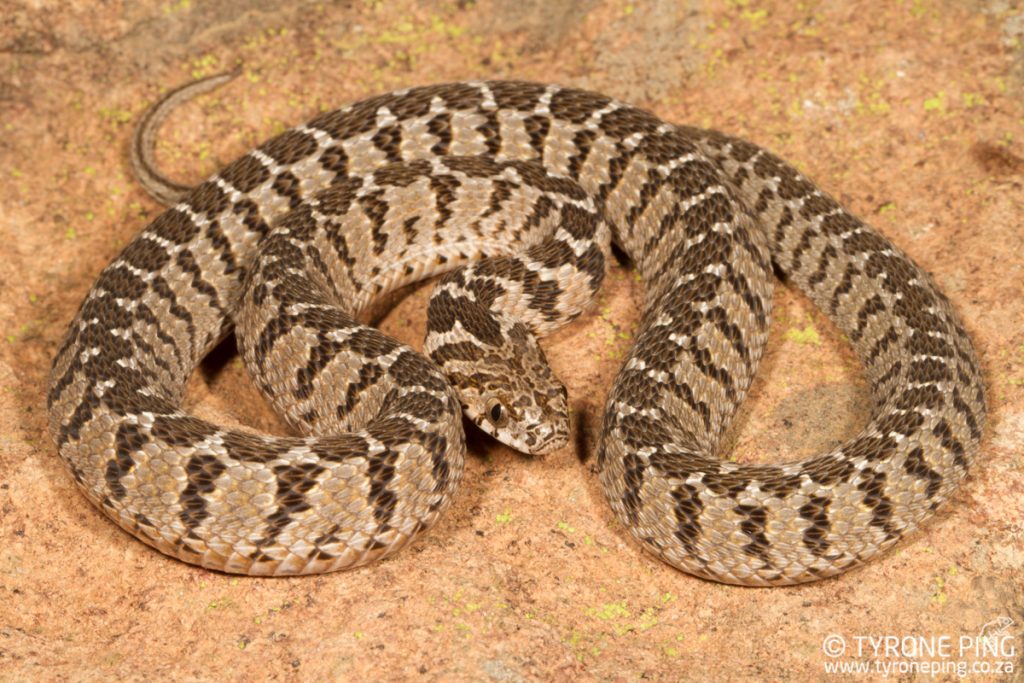
Rhombic Egg Eater– HARMLESS
Along with the Brown house Snake the Rhombic Egg Eater can be found just about anywhere in South Africa. From the arid regions in the West, the coastal forests in the Eastern half of country, grasslands and montane fynbos. These snakes feed exclusively on birds eggs and can go many months without a meal when the birding season comes to an end. Being virtually defenseless these snakes put up an impressive threat display by rapidly rubbing its scales together coiling and uncoiling which produces a rasping sound. These snakes average around 50-60cm but can reach over 1 m in certain areas large enough to consume an adult chicken egg.
Mole Snake – Pseudapis cana
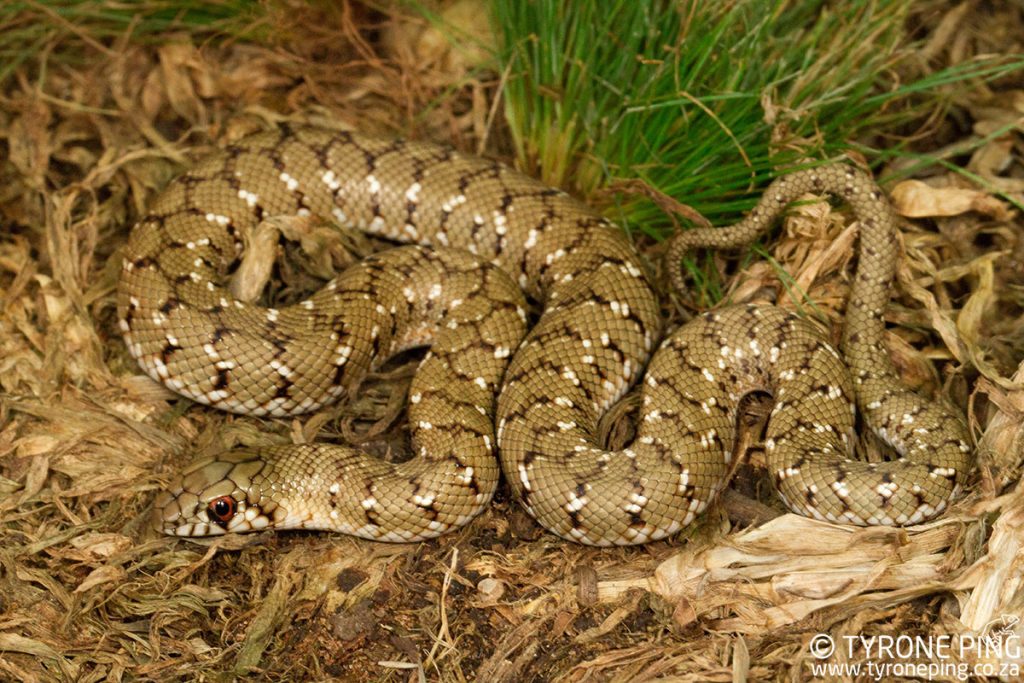
Juvenile Mole Snake – Pseudapis cana
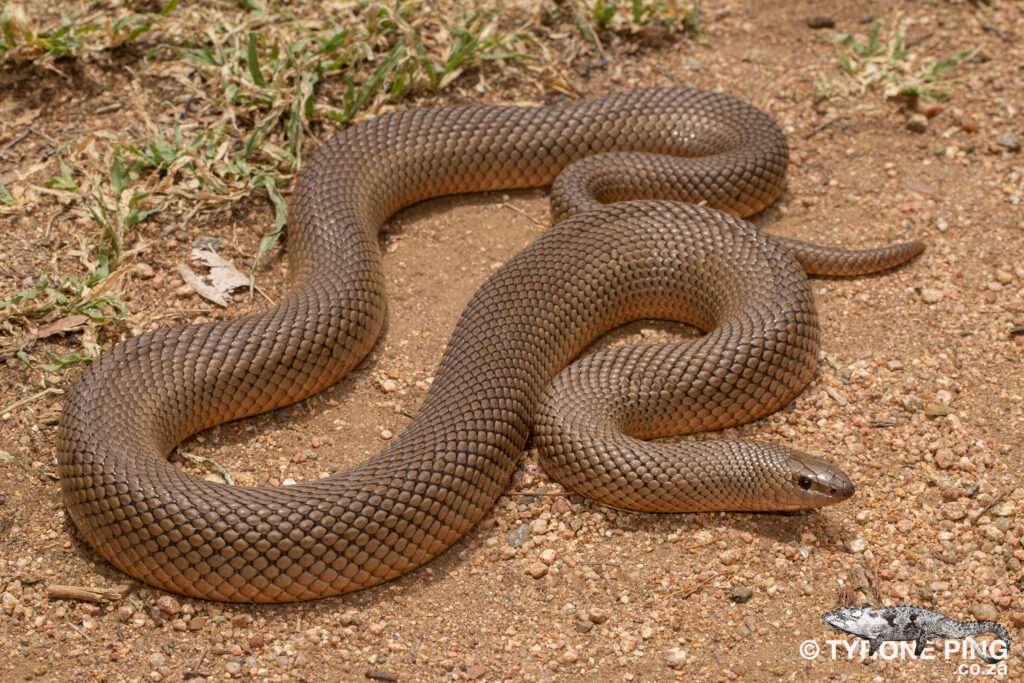
Adult Mole Snake – Pseudapis cana
Mole Snake – HARMLESS (Adults Can Inflict A Bad Bite)
A highly successful snake that is most common in the Western Cape, Free State and Mpumalanga. These snakes come in a wide variety of colours from pitch black on the West Coast, to reddish brown, grey, light orange, ashy grey and salmon in some areas. As juveniles they are heavily patterned but these patterns typically fade with age. A robust powerful constrictor and can be aggressive and will not hesitate to bite when handled. Bites from large individual may require stitches, in some areas these snakes reach close to 2 m in length. They feed largely on rodents which are actively sought after in their burrows but birds and lizards are readily taken.
Spotted Bush Snake – Philothamnus semivariegatus
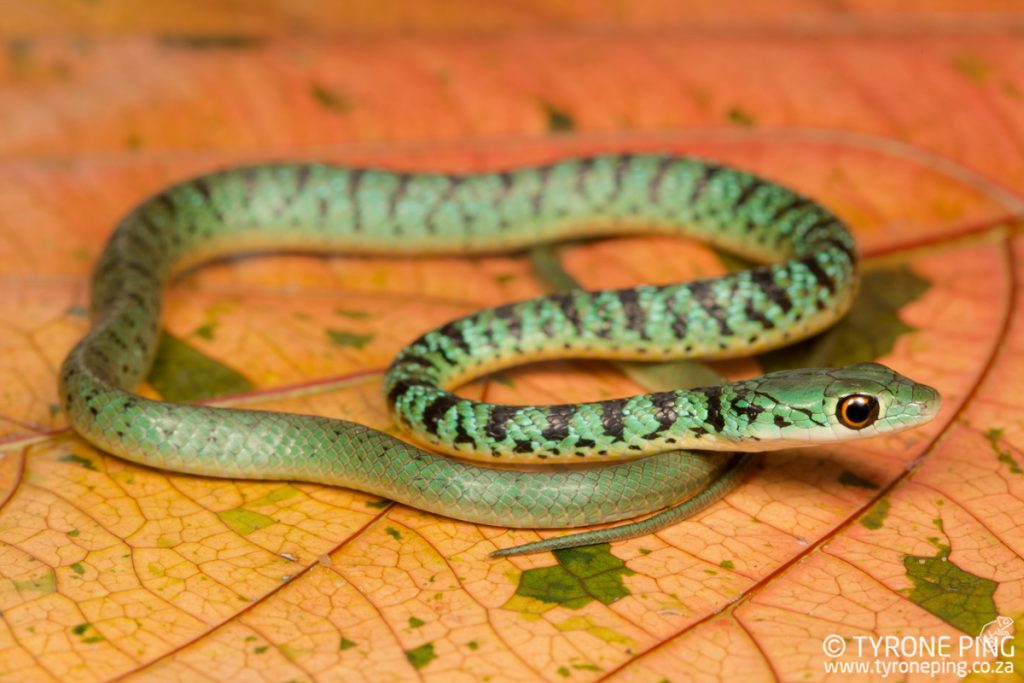
Spotted Bush Snake – HARMLESS
An extremely common snake along the East coast Eastern Cape, Kwa-Zulu Natal, into Mpumalanga, Limpopo, North West and Gauteng. Well adapted to suburban gardens where these snakes actively hunt geckos, frogs and small lizards. Often making their ways into homes in search of prey – these snakes are persecuted being mistaken for Green Mambas and Boomslang. These skittesh snakes will often move off quickly when disturbed up the nearest wall or tree. They are excellent climbers and well adapted and hunting their prey amongst the trees or roof beams. Prey is often swallowed whilst the snake is suspended. They will bite readily if handled but the bites are superficial and of no concern.
Herald or Red Lipped Snake – Crotaphopeltis hotamboeia.
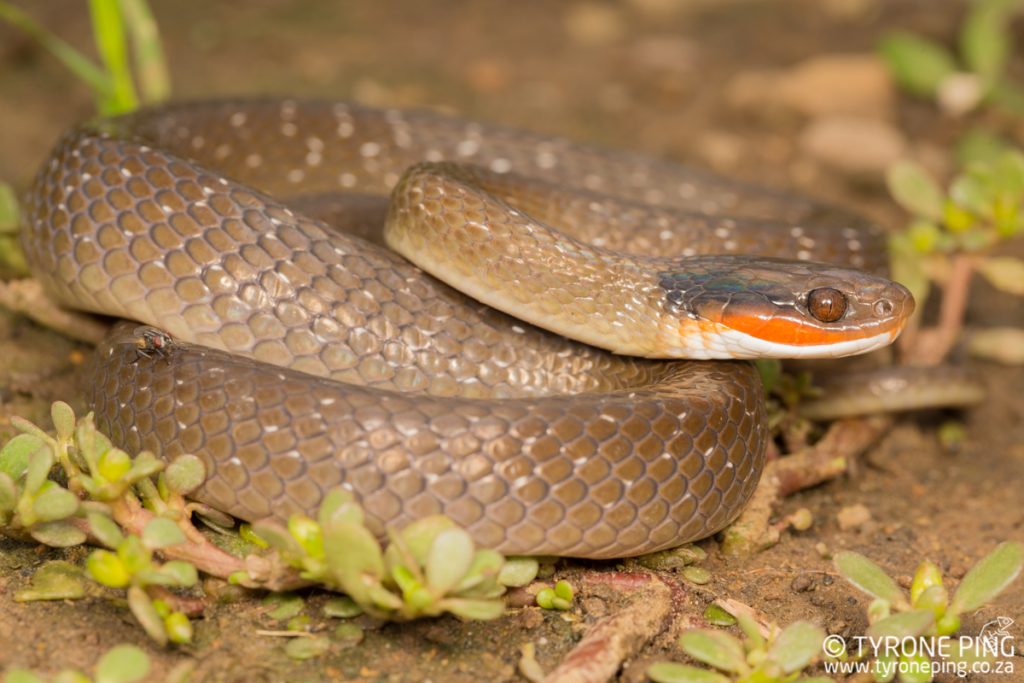
Herald Snake – VENMOUS but not dangerous.
Another prolific snake found across most of South Africa found in all 9 provinces. A variable snake which may have bright orange/red, white, yellow or black colouration on the upper lip adding to its common name of the Red-Lipped or Herald Snake. Primarily a frog feeder but are known to take geckos and small lizards. Favouring damp localities these snakes are a common sight in suburban gardens amongst garden ponds and water features. Larger specimens can reach close to 1m in length and as they age may appear a gun-metal grey colour and are often thought to be Black Mambas due to their impressive threat display.The aim of this article is to give the everyday person who may not come into contact with snakes who has an innate fear of snakes a piece of mind knowing that snake encounters are uncommon and snake bites are even rarer. For tourists what is the risk of snake bite in South Africa? Extremely low and such cases are exceptionally rare.
FIELD GUIDES TO THE SNAKES & OTHER REPTILES
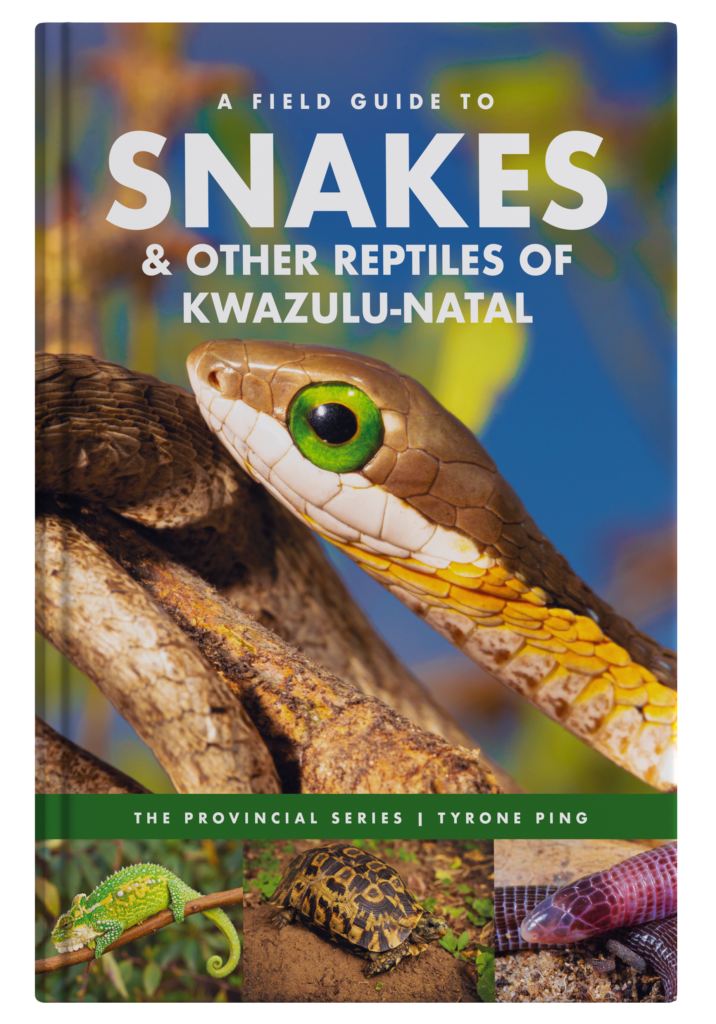
A first of its kind for the region, extensively covering the snakes and reptiles of KwaZulu-Natal. Beautifully laid out across 280 pages, 300 colour photographs, concisely written species accounts and species maps of close to 170 species of snakes and reptiles found in KwaZulu-Natal, South Africa.
Author: Tyrone Ping
ISBN: 978-0-620-93177-9
Format: Soft Cover
Release Date: 2022
Publisher: Pachydactylus Press Written and Printed In South Africa
Pages: 280
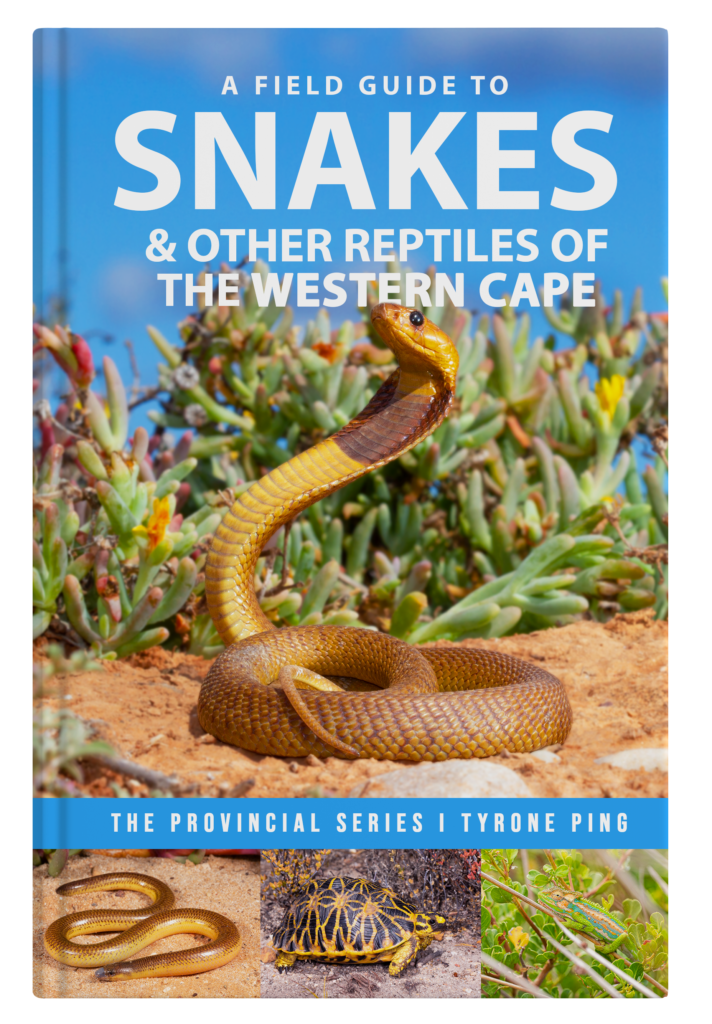
In this guide, Tyrone showcases these species in detail, with over 450 colour photographs, concisely written accounts and NEW distribution maps of each species that have been recorded in the region.
THE WESTERN CAPE IS A DIVERSE REGION WITH AN ABUNDANCE OF UNIQUE FAUNA AND FLORA. WITH OVER 150 SPECIES OF REPTILES, SOME OF THE MOST ICONIC VENOMOUS SNAKES CALL THE WESTERN CAPE HOME, FROM THE CAPE COBRA, PUFF ADDER AND BOOMLANG. SOME OF THE MOST RECENTLY DESCRIBED REPTILES HAVE BEEN FOUND IN THE WESTERN CAPE.
Author: Tyrone Ping
ISBN: 978-0-620-98814-5
Format: Soft Cover
Release Date: 2023
Publisher: Pachydactylus Press Written and Printed In South Africa
Pages: 300
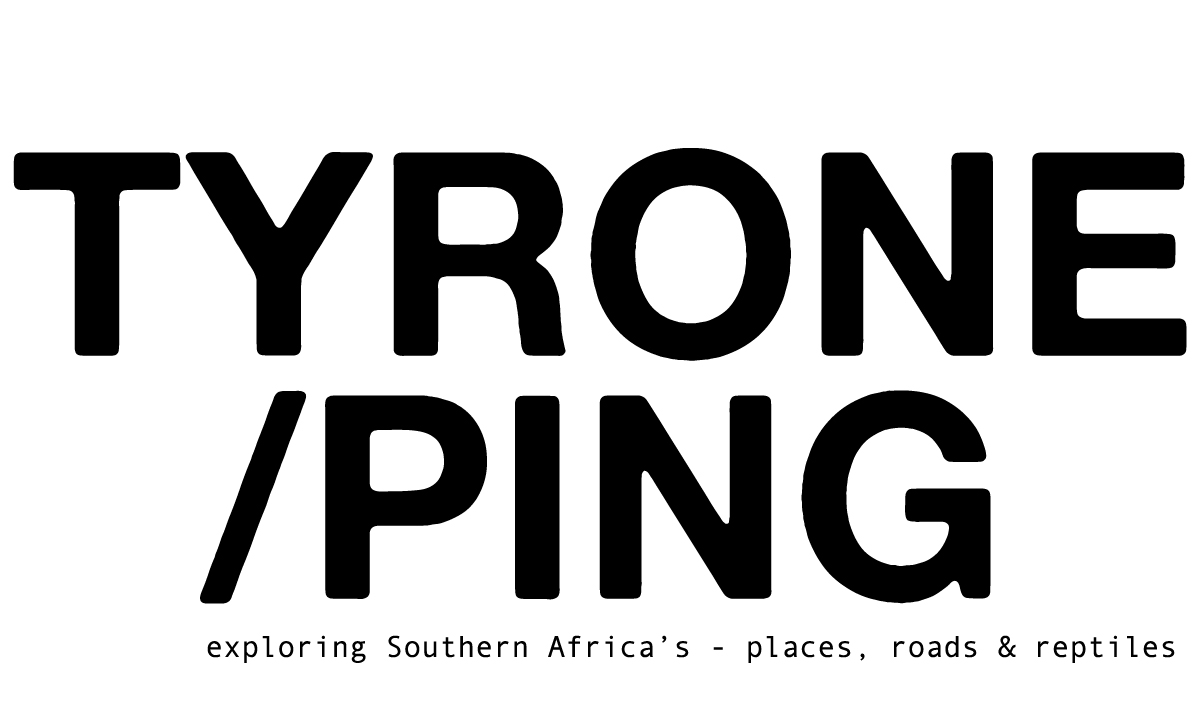
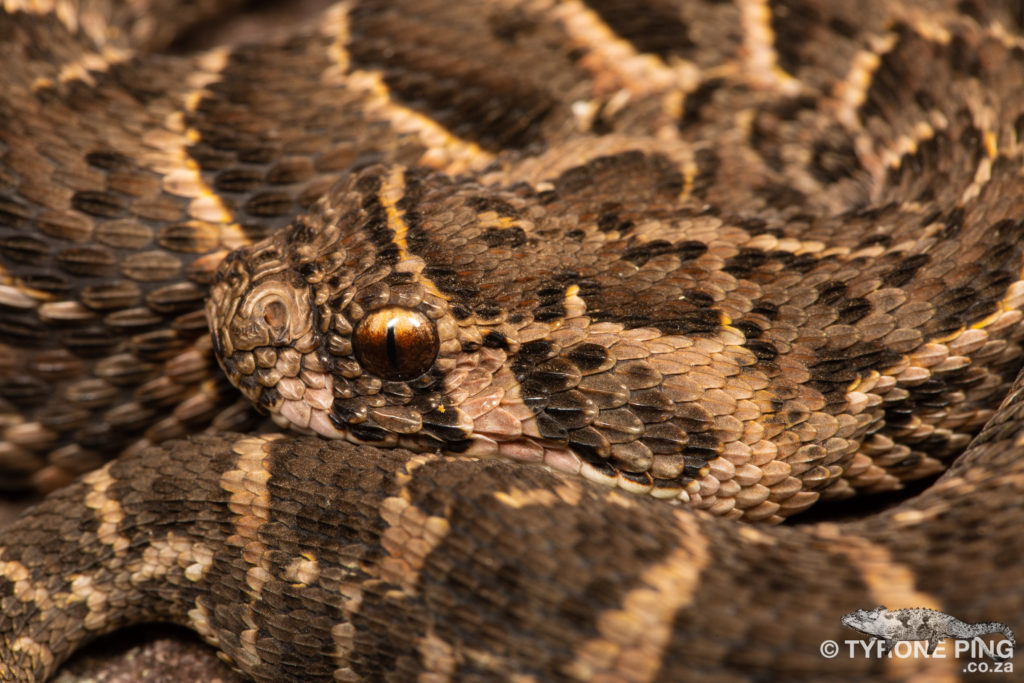
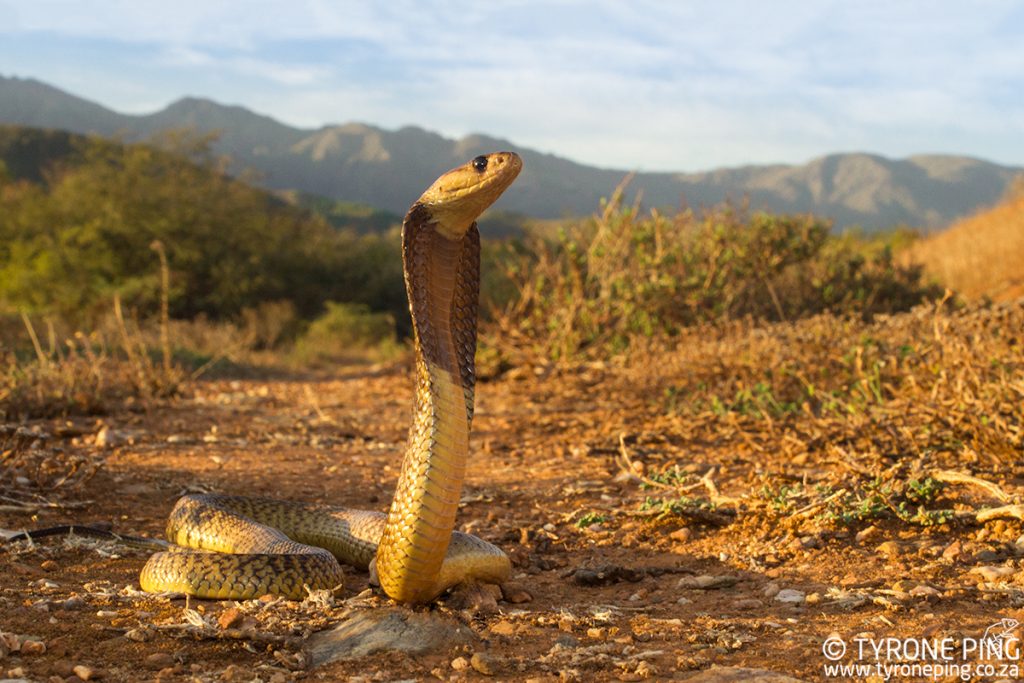
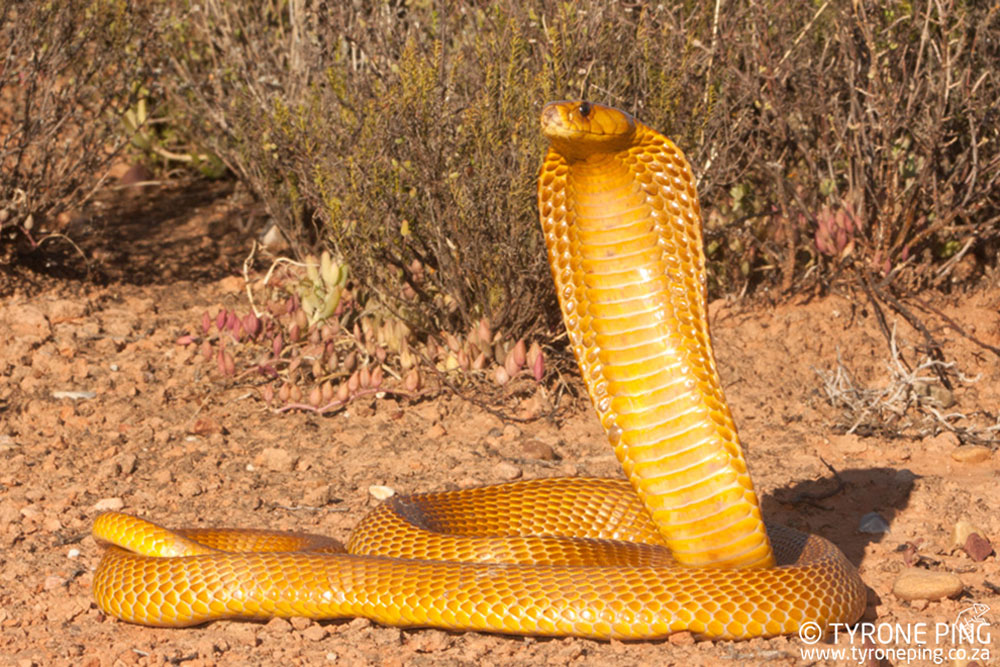
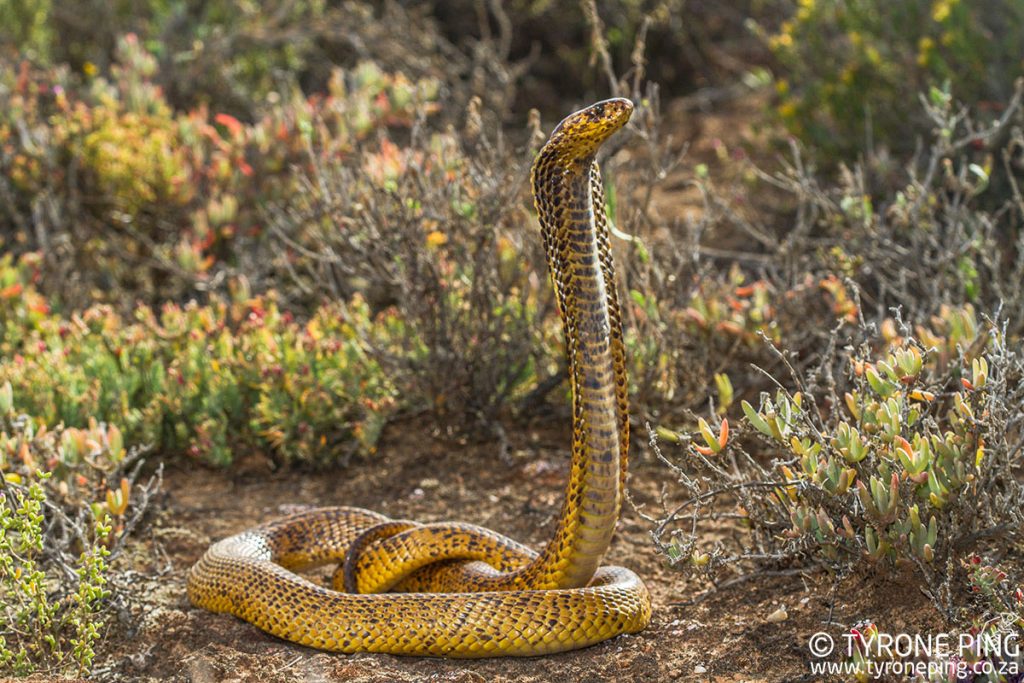
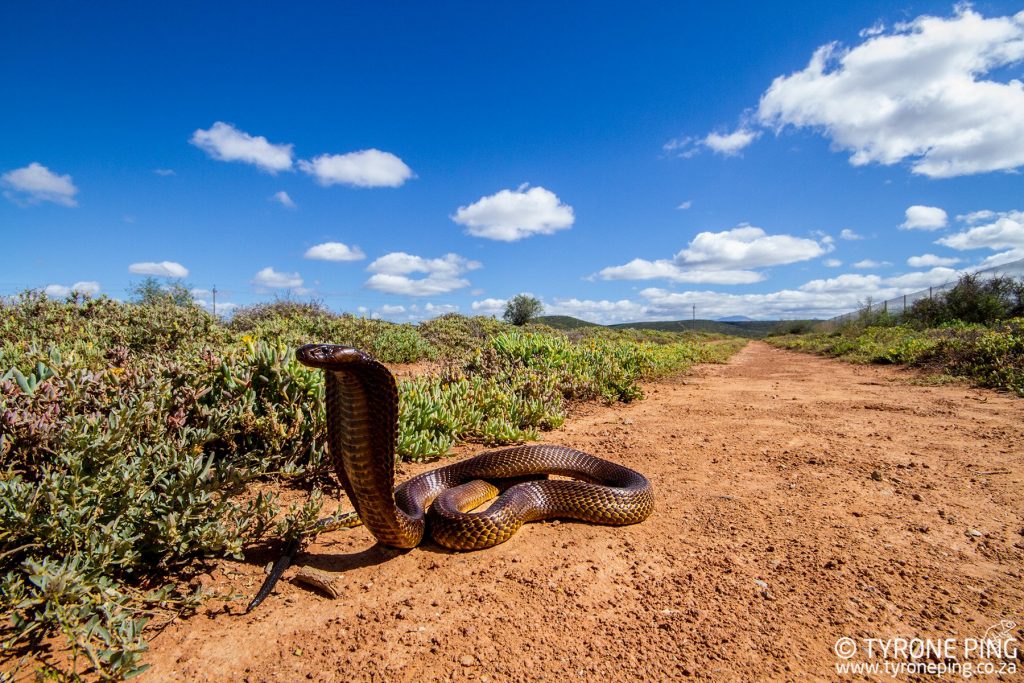
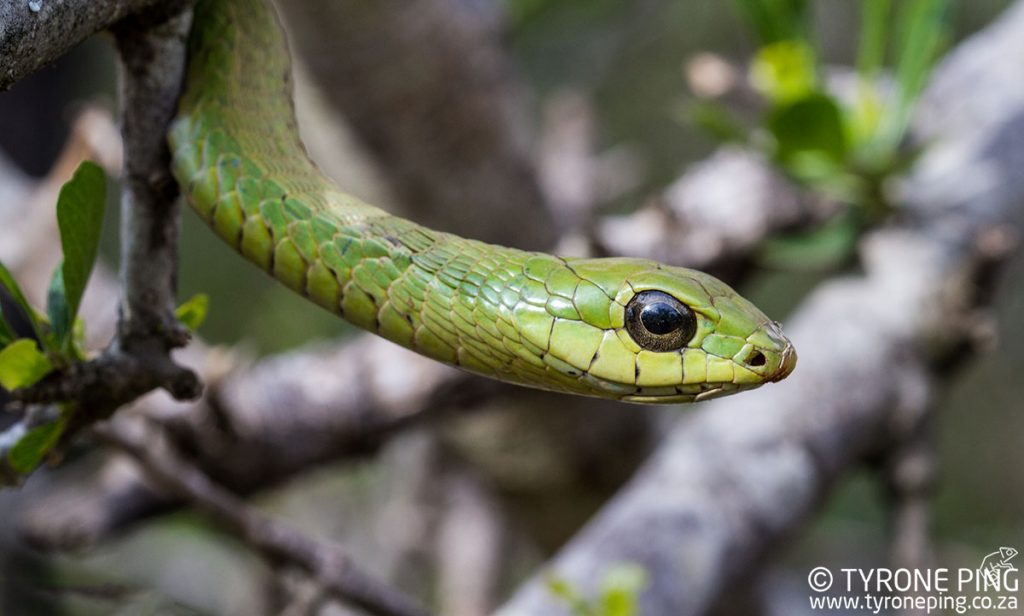
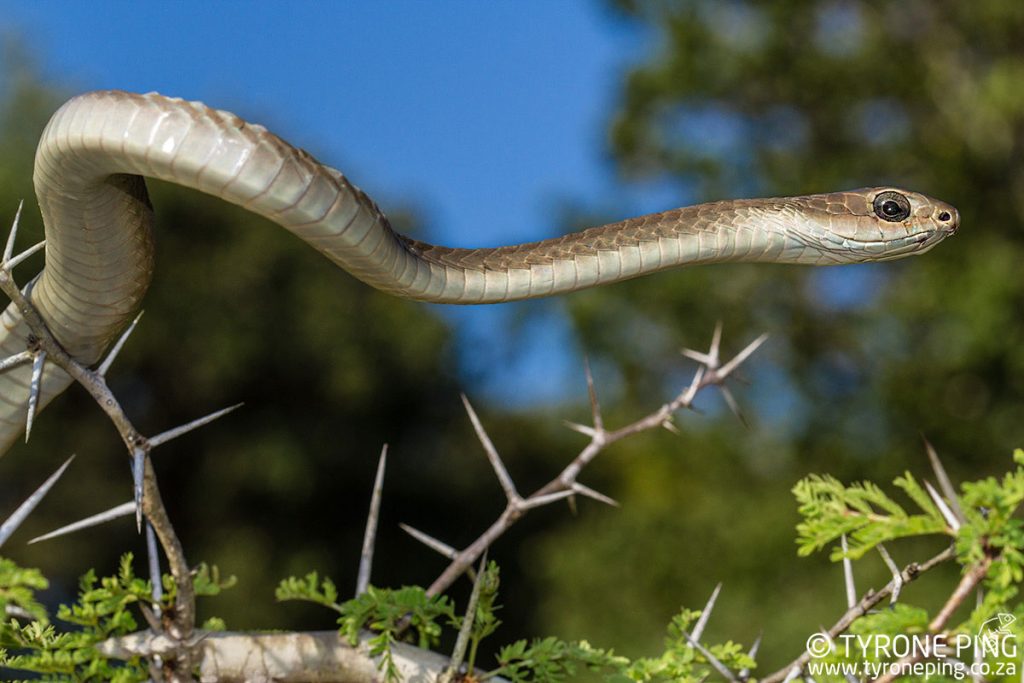
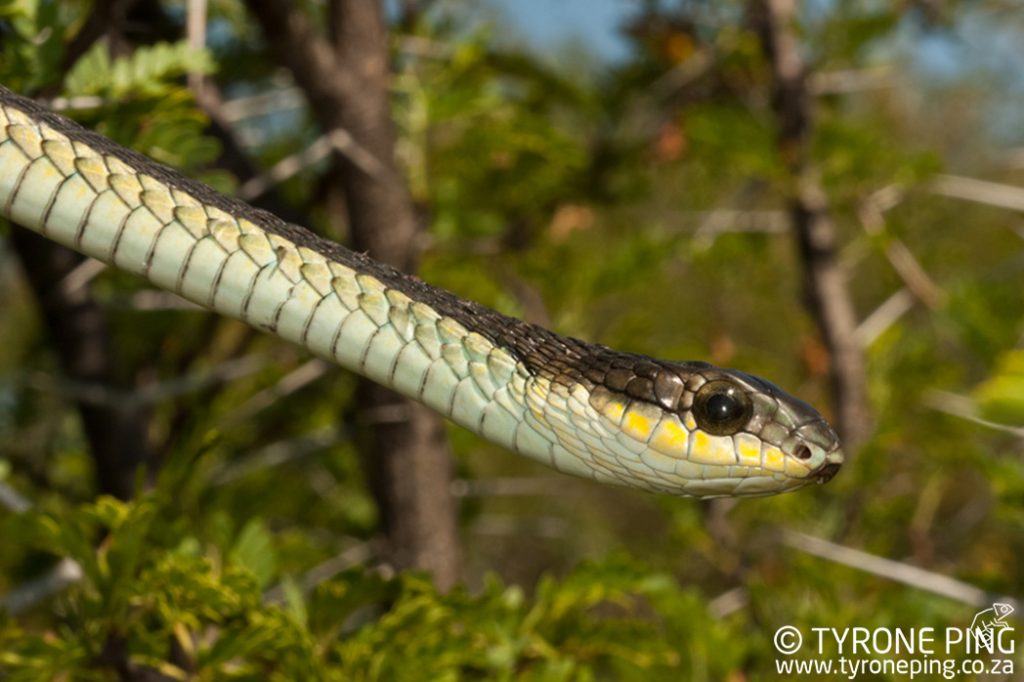
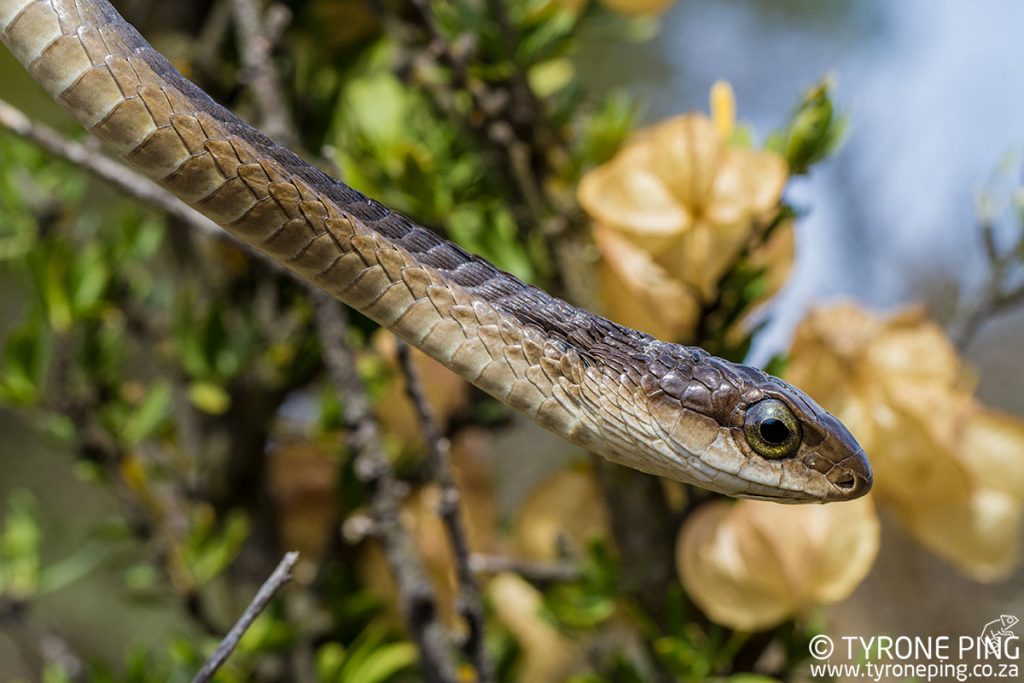
There’s a snake I found in my backyard…I have alot of sand since I’m going to build something….when I was flattening some of the sand a huge snake jumped out and then quickly went back into the sand, I couldn’t get a proper look but it was a large light blue snake from what I could see…any suggestions?? Please
Hi there, which area was this seen? Unlikely it was a blue snake but rather a black/grey snake going to shed its skin giving it a bluish appearance.
Saw a brownish snake go past my leg earlier in my house…was about the length of my arm. Its currently holed up in a room…i sealed the room by putting paper in front of door. Thought it was dangerous n was planning to put my cat in the room. Will let it go 2mo morn…
Very informative website.
Forgot to add…my location is Bloemfontein, Free state.
Great stuff, where you able to ID the snake?
I think its the brown house snake. It was in close proximity n didnt seem aggresive.
I could not locate the snake in the morning n think that it went out under the back door. The other door leading into the house is stil sealed though.
Since we’ve been in Welgelegen, George,we’ve had two incidents of Night Adders. How widespread are they and how dangerous?
Night Adders are venomous, widespread and their bite will require medical attention as they are extremely painful
Thank you Tyrone. I just call the guy who lives on the estate and removes the snakes to safety.
Pingback: The Common Snakes That Can Be Found in Cape Town